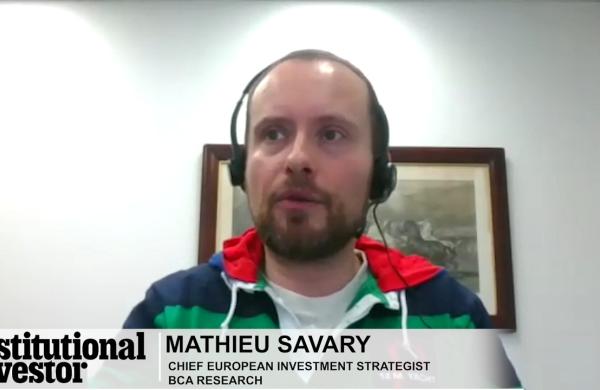The easy and cheap credit that private equity funds tapped to take a long list of public companies private may be gone, but Robert Pozen, chairman of $204 billion MFS Investment Management, believes public companies will continue to tango with private equity, especially given the amount of money that continues to pour into buyout funds. Pozen, a former vice chairman of Fidelity Investments, says the scrutiny that directors of public companies face isn't such a bad thing. Moreover, he says, the phenomenal returns of some private equity funds should compel them to think about how they can get similar performance -- or at least make use of the successful techniques employed by the top funds. "It's easy for public companies to say that private equity is a different deal -- they don't have to comply with Sarbanes-Oxley or with Wall Street's obsession with quarterly earnings," says Pozen. "But if you look at the strategies used by private equity, many are applicable to public companies." Institutional Investor Staff Writer Julie Segal interviewed Pozen last month.
1 Don't companies run by private equity achieve superior operating performance merely by cutting employees and selling assets?
That happens sometimes, but in many cases private equity invests in bold strategies to grow the business, such as when Kohlberg Kravis Roberts & Co. acquired Duracell and launched an aggressive advertising plan for the battery maker. Other key factors in improving operating performance are managing cash on the balance sheet and achieving an optimal capital structure.
2 What is the difference between cash management in public and private companies?
The cash on the balance sheet of Standard & Poor's 500 companies was $2.7 trillion at the end of 2006, as opposed to less than $1 trillion at the end of 1996. Some cash is needed for unforeseen emergencies, but how much of a cash cushion is enough? By contrast, private equity checks daily on cash levels to keep them at the minimum necessary to run the business. The evidence is strong that the stock price of public companies would do better if they reduced cash by increasing dividends.
3 How can taking on more debt help a company achieve a better capital structure?
The cost of capital is a combination of the expected returns on equity and the interest owed on debt. However, interest is deductible to a company, while equity returns are not. This tax difference is the key. On an after-tax basis, a company's weighted costs of capital can often be lowered by adding more debt to its debt-to-equity ratio.
4 Have any public companies learned these lessons from private equity?
IBM had only $700 million in long-term debt and $10.8 billion in cash at the start of 2007. In April it used its cash to boost its quarterly dividend by one third and also used its cash, plus some borrowing, to finance a buyback of one tenth of its outstanding stock. When these measures were announced, IBM's stock price rose by 3.5 percent.
5 What can public companies learn from companies owned by private equity when it comes to executive compensation?
Private equity companies are very focused on pay for performance. Executives hold a lot more equity in private equity companies than in public companies, but these executives get large payouts only if the shareholders actually receive higher returns. This close alignment between executive pay and shareholder value should be emulated by public companies. Moreover, public companies should not provide executives with a large severance payment when they have failed to perform. This would never happen with private equity.





